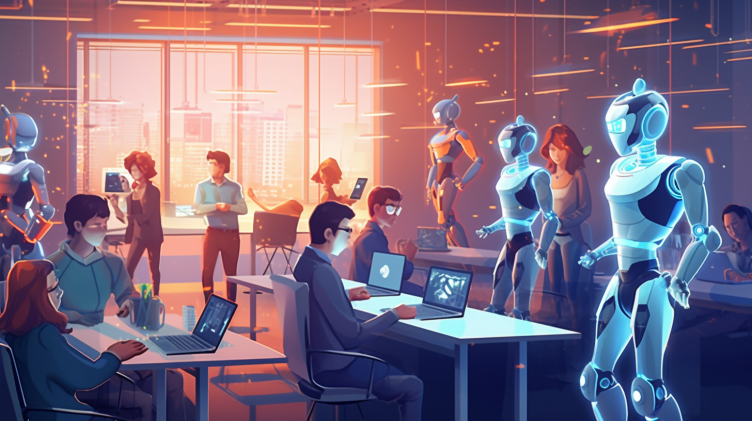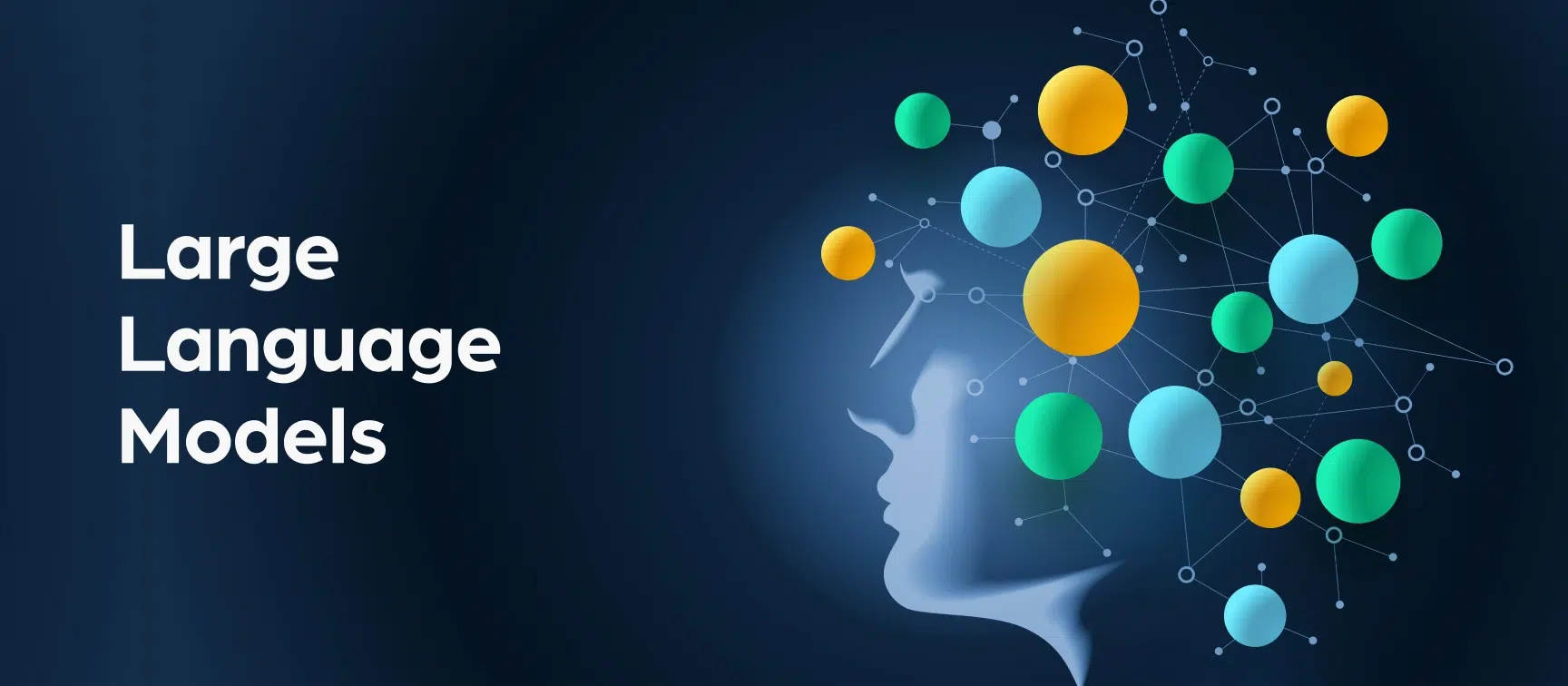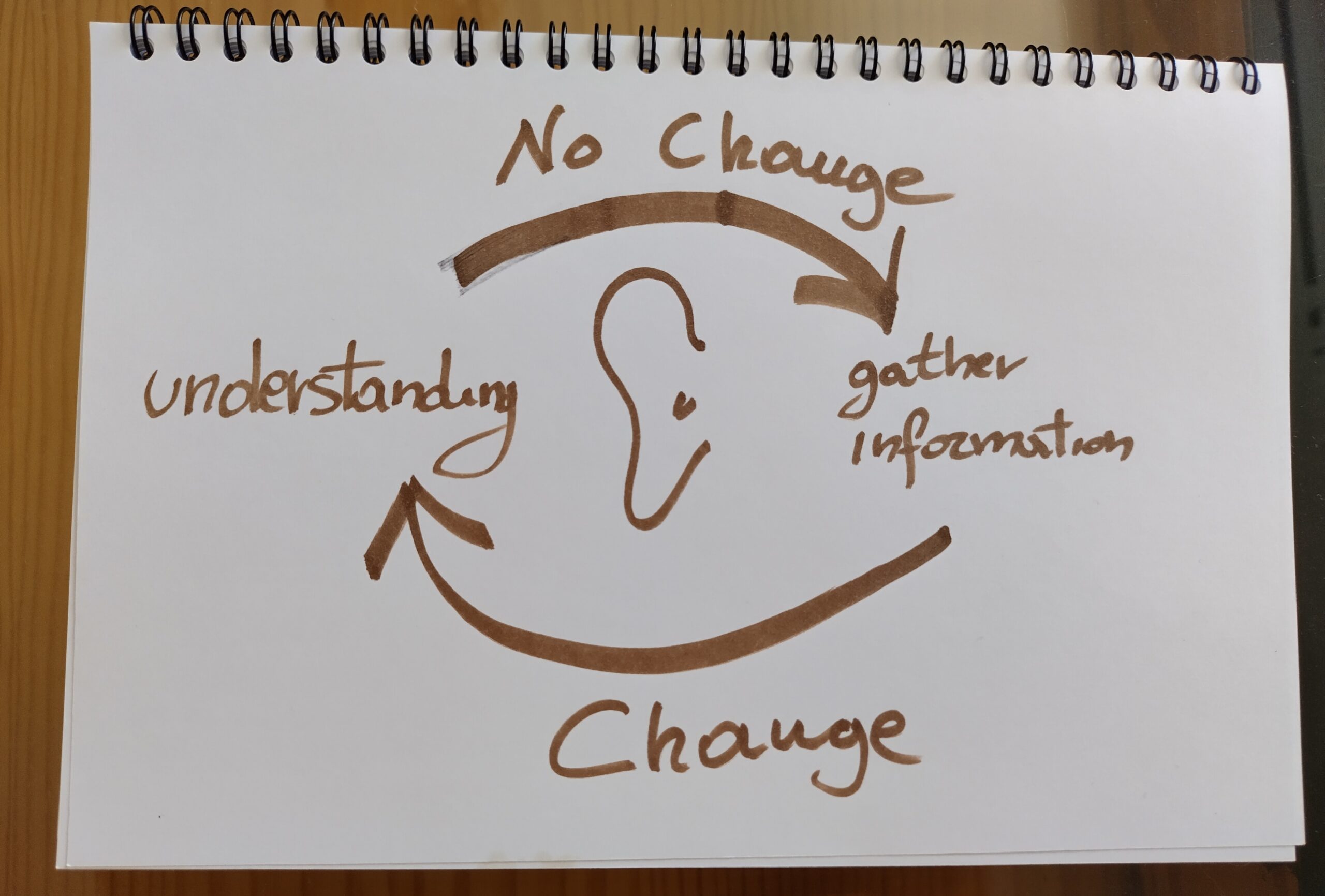-
The ethical challenges of Machine Interpreting
Machine interpreting (MI), like any emerging technology, presents a range of ethical challenges that require careful consideration and governance. As a tool designed to enhance communication and understanding across language barriers, it has the potential to significantly and positively impact various areas of human life, contributing to easy and affordable…
-

Defining Machine Interpreting
Automated spoken language translation is advancing quickly. This technology has various applications and use cases, each with subtle differences that can overwhelm many people. Despite this, understanding these nuances is crucial. That’s why I spent a significant part of my recent workshop “The State of Machine Interpretation” at GALA defining…
-

Education: Focus on what stays the same, rather than what changes
I had the great opportunity to serve as a member of the advisory board for the new MA in Translation, Interpreting, and Technology at York University. I give my input on the curriculum design, focusing especially on the role of technology in university training. The new MA is now open…
-

Empowering Autonomous Learning Through AI
I recently developed a tool that gave birth to the first interpreting lesson entirely generated by Artificial Intelligence. The material (example available here) showcases the potential of Generative AI to transform teaching methods across various subjects, placing students at the heart of the learning experience by making them more autonomous.…
-

Having a professor at your fingertips? Is it possible?
I couldn’t resist the temptation and created a digital clone of myself, or more precisely, of the knowledge from my publications on #interpreting and #technology. Now, people can engage in natural language conversations with this virtual counterpart, asking questions about the few topics where I possess some expertise. From what…
-

Visual Cues as Comprehension Aids: the missing Link in Machine Interpreting
Most of the time live communication takes place using both verbal and non-verbal means which are adjusted to the situational needs and communicative objectives of the interlocutors. This obviously plays a crucial role also in multilingual communication and in machine interpretation. For example, typical verbal means can be the so-called…
-

Machine Interpreting and Translation Universals
Today, we’ve made generally available the integration of a Large Language Model (LLM) into KUDO AI Simultaneous Speech Translator. To the best of my knowledge, this marks the first instance of Generative AI being incorporated into a real-life speech translation system. When I began experimenting with LLMs in speech translation,…
-

Situational Awareness in Machine Interpreting
Machine Interpreting, a subset of spoken language translation, is undergoing rapid advancements. The recent strides in this domain are particularly evident in the development of robust end-to-end systems. These systems utilize a singular language model to directly translate spoken content from one language to another. As impressive as this technology…
-

New Chapter: Towards AI-enhanced computer-assisted interpreting
I am thrilled to announce my chapter for an upcoming publication on Interpreting and Technology. The chapter titled “Towards AI-enhanced computer-assisted interpreting” delves into the evolution of digital tools for interpreters and the rising influence of artificial intelligence (AI) on Computer-Assisted Interpreting (CAI). As a researcher and practitioner in the…